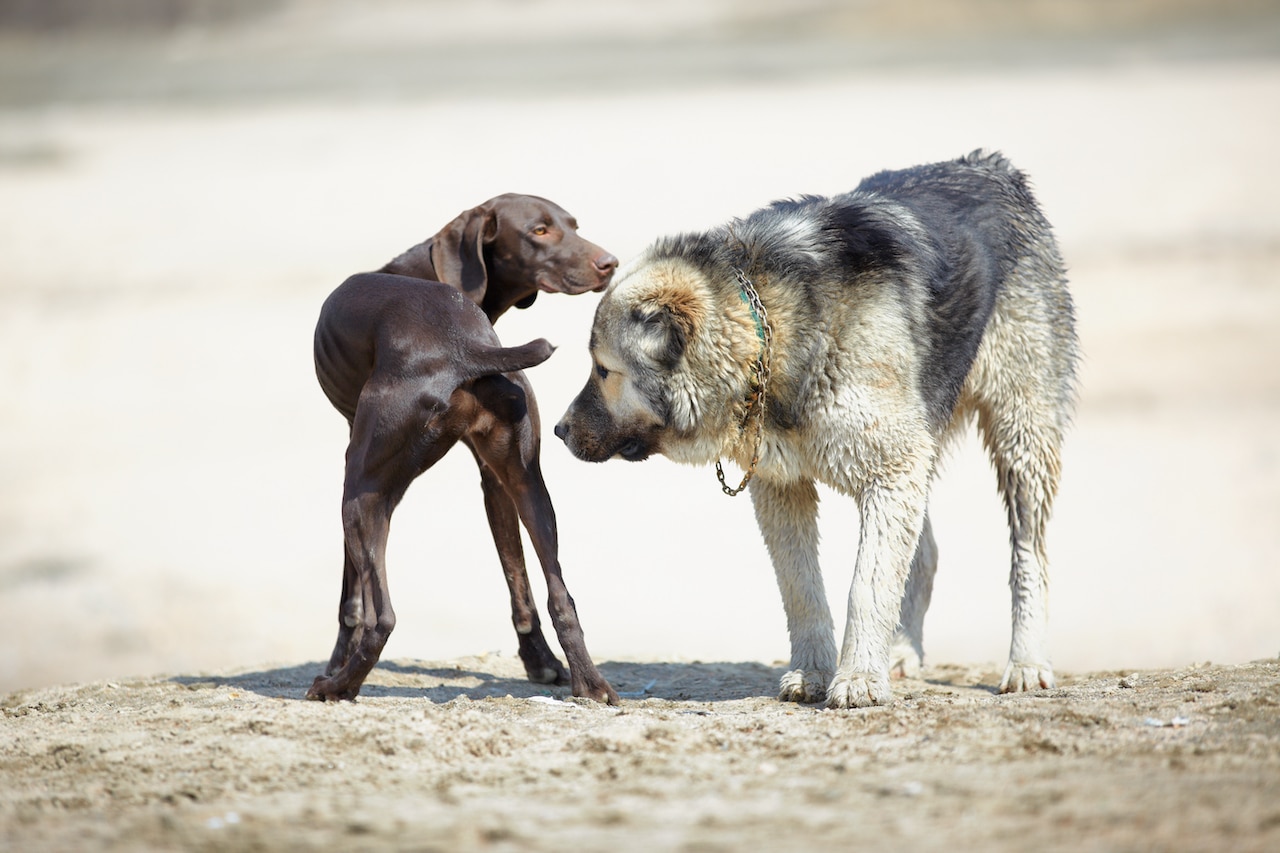Introduction:
As dog owners and enthusiasts, we’ve all witnessed our furry friends engaging in a peculiar habit – sniffing each other’s behinds. While this behavior may seem strange or even humorous to us humans, it serves an essential purpose in the social dynamics of our canine companions. In this blog post, we dive into the fascinating world of dog behavior to uncover why dogs engage in this unique form of communication.
1. A Gateway to Canine Communication:
Dogs possess an incredible sense of smell, far more sophisticated than ours. By sniffing each other’s rear ends, they gain crucial information about one another. Behind a dog’s tail lies a gland called the anal sac, which releases pheromones – chemical signals that convey messages between individuals. These pheromones contain valuable details about age, sex, reproductive status, and mood. It allows dogs to gather vital information about potential friends and foes within their immediate social circle.
2. Establishing Social Hierarchy:
When dogs sniff each other’s butts, they actively participate in scent-based communication essential for establishing social hierarchies. In a canine pack or during encounters with unfamiliar dogs, dominance and submission play a crucial role. By exchanging scents through anal sniffing, dogs can determine who holds a higher rank and who should display offers.
3. Building Trust and Familiarity:
Butt-sniffing goes beyond mere territorial marking or dominance displays; it also helps build trust and familiarity among dogs. By exchanging unique scent profiles through this form of greeting, dogs can recognize one another in future encounters more easily. This shared olfactory information helps create a sense of familiarity and belonging within their social groups.
4. Contextual Communication:
Dogs are excellent readers of body language, and butt-sniffing is just one element of their overall communication repertoire. When dogs sniff each other’s behinds, they combine this behavior with their visual cues, vocalizations, and other non-verbal signals to form a complete understanding of the interaction. This complex mixture of communication enables dogs to navigate group dynamics, establish boundaries, and maintain peaceful coexistence.
Conclusion:
In dogs, butt-sniffing is an intricate form of social behavior that facilitates communication, establishes hierarchy, builds trust, and enhances familiarity. While it might seem peculiar or even comical to humans, it plays a vital role in the canine social structure. The next time you see your furry friend engaging in this unique behavior, remember that they are simply doing what comes naturally – communicating through the power of scent.
